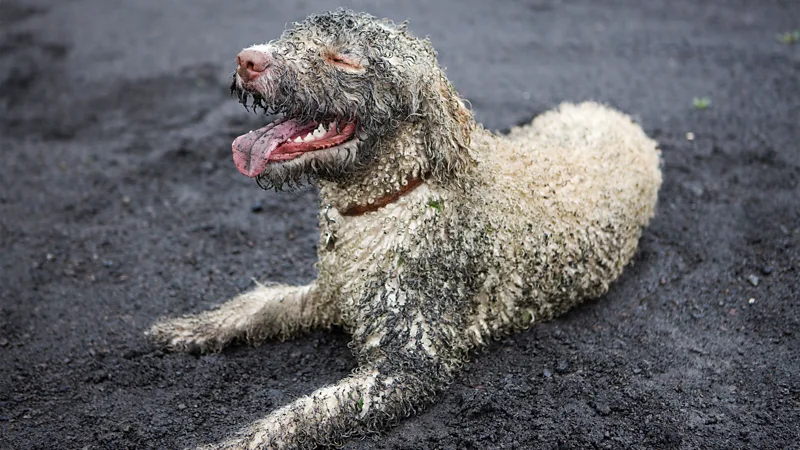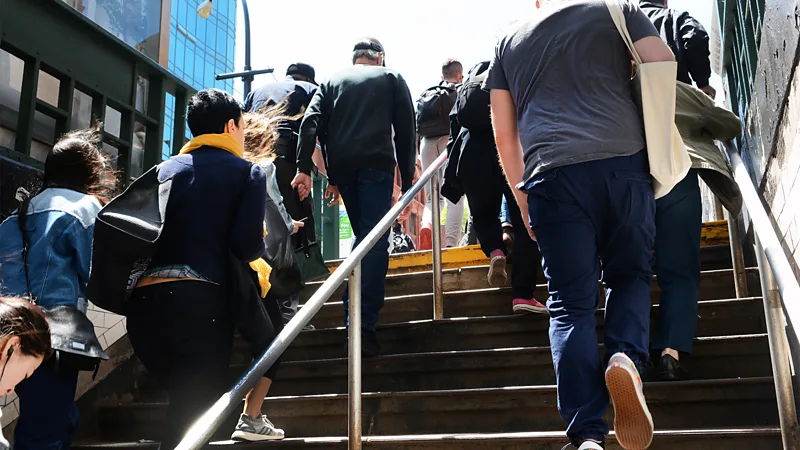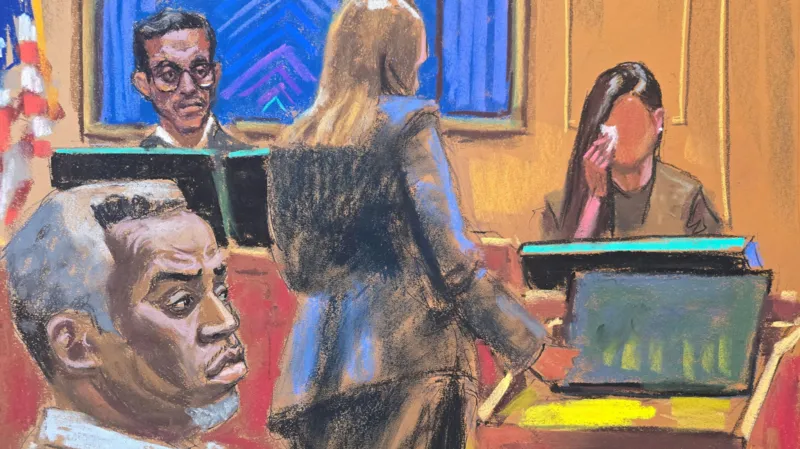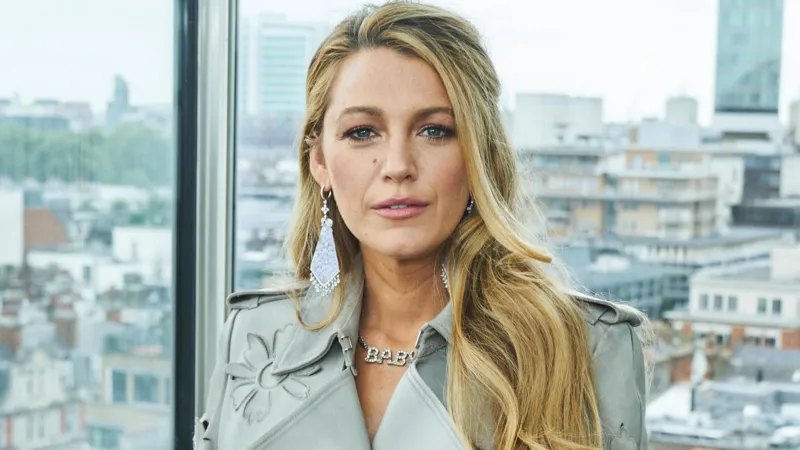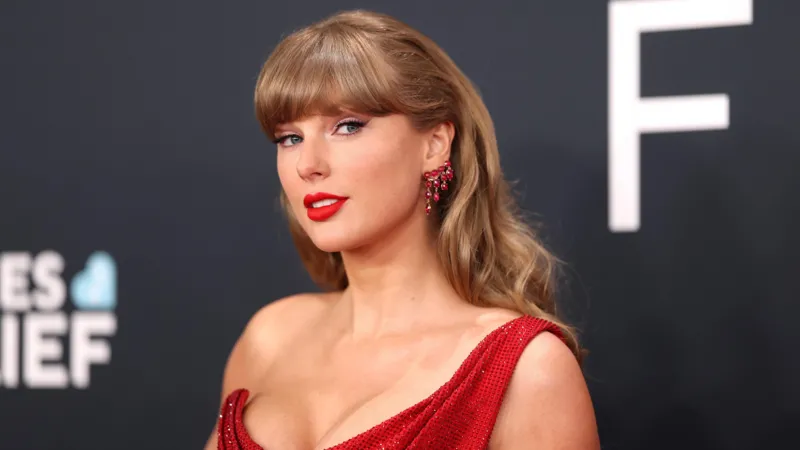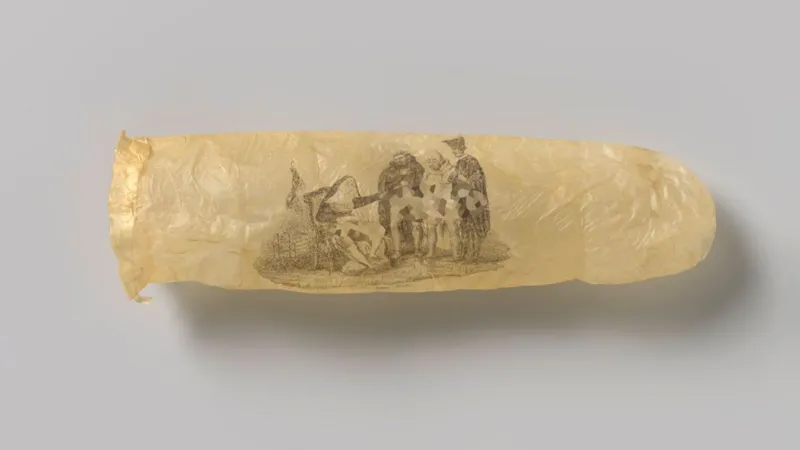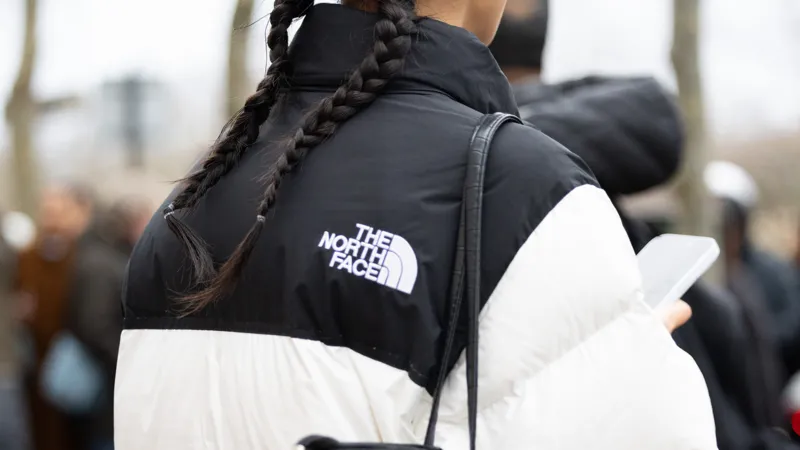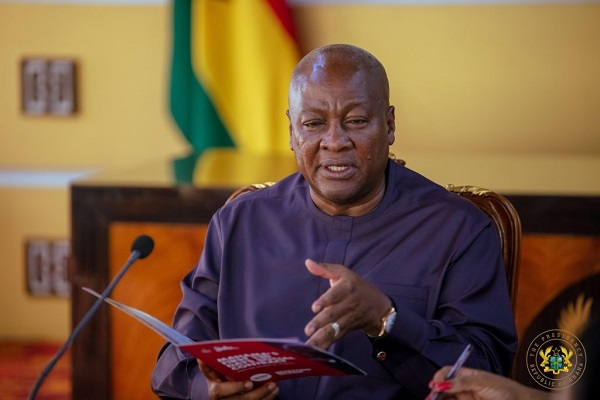‘Climate change carries no passport and knows no national borders'
Research

Abstract
Climate change is already an urgent threat to millions of lives – but there are solutions. Solutions to protect the millions of lives and to save the planet. From changing how we get our energy to limiting deforestation and preserving our water bodies, the climate change fight is a collective battle for the old and young, the ordinary citizen and the government, developed and developing countries and all hands must be on deck, to live hand by hand with the rest of the world to save the planet.
‘Climate change carries no passport and knows no national borders’
On November 4, 2015, while preparing for the for the 21st Conference of States Parties to the UN Framework convention on Climate Change (UNFCCC), known as COP21 in the French capital of Paris where the Paris Agreement would later be born, the then Secretary-General of the United Nations, Ban Ki-moon, in a briefing to an informal meeting of the General Assembly declared that - “Climate change carries no passport and knows no national borders. Countries must work toward the common interest, beyond narrow national interests’’. (UN News Centre 2015)
This simple but powerful statement was a call to action directed towards governments to prioritize the greater good over individual interests. For world leaders to find common ground on combating the phenomena through collaborative efforts and through strategies and policies on contentious topics such as equity, finance, and ambition.
With such a huge climate crisis facing the entire planet, the international response should be swift and decisive yet progress by world governments has been achingly slow.
Climate Action: Strategies and Policies
Climate change indeed does not need a passport to enter any country in the world. The phenomena could spring up both developed or developing countries. Its adverse effects also knows no boundary and therefore there is the need for unity and solidarity in realizing climate action and in the fight against climate change.
Many commitments to reduce carbon emissions have been set by the United Nations and world governments, but few are binding and targets are often missed. The European Green deal (EGD), the Climate target plan for 2030 “FITFOR55%” REPowerEU, the Sustainable Development Goals(SDG)s, and other climate adaptation polices that caters for India, Russia, the Americas and the Sub-Saharan African block are but a few climate action policies to salvage the situation.
Also, annual COPs bring together world leaders and climate negotiators. At COPs and other climate summits, governments assess their capacity to reach their emission-reduction targets.
In 2015, world leaders from 197 countries vowed to prioritize people and minimize greenhouse gas emissions which became widely known as the Paris Agreement. The Paris accord aims to restrict global warming to below 2ºC, ideally to 1.5°C. (Greenpeace UK 2024)
Also, recently, climate talks(e.g COP 16 in Cali - Colombia) have focused on climate finance – money to help poorer countries adapt to climate change and reduce emissions. Rich countries have pledged over $100 billion in annual funding to help developing countries reduce emissions and manage the impacts of climate change. This is yet to translate and materialise, and much more money is needed.
Moreover, in October 2022, the United Nations Secretary-General, Antonio Guiterres urged world leaders to invest as much in adaptation as they do in mitigation because without ‘adaptation economies, food security, and global stability were under threat’.(UNEP 2022).
Also, the the United Nations Environment Programme(UNEP) proposed five key ways the world can better adapt to the climate crisis, namely;
1. Early warning systems - Research shows that just 24 hours warning of an oncoming heatwave or storm can reduce the subsequent damage by 30 per cent. Early warning systems that provide climate forecasts are one of the most cost-effective adaptation measures, yielding around nine dollars of total benefits for every dollar invested.
With timely warnings, people can take early action by blocking up doors with sandbags to anticipate floods, stockpiling resources, or in some extreme cases, evacuating from their homes.(UNEP 2022)
2. Ecosystem restoration
The UN Decade on Ecosystem Restoration launched by the UN Environment Programme (UNEP) and partners in 2021 triggered a global movement to restore the world’s ecosystems. This global restoration effort will not only absorb carbon but also increase ‘ecosystem services’ to defend the world from its most devastating impacts.
In cities, restoring urban forests cools the air and reduces heatwaves. On a normal sunny day, a single tree provides a cooling effect equivalent to two domestic air conditioners running for 24 hours.
On coasts, mangrove forests provide natural sea defences from storm surges by reducing the height and strength of the sea waves. Moreover, protecting mangroves is 1,000 times less expensive per kilometre than building seawalls.
In high altitudes, re-greening mountain slopes protects communities from climate-induced landslides and avalanches.(UNEP 2022)
3. Climate-resilient infrastructure
Climate-resilient infrastructure refers to assets and systems such as roads, bridges, and power lines that can withstand shocks from extreme climate impacts. Infrastructure is responsible for 88 per cent of the forecasted costs for adapting to climate change.
A World Bank report finds that climate-resilient infrastructure investments in low- and middle-income countries could produce roughly US$4.2 trillion in total benefits, - around US$4 for each dollar invested. The reasoning is simple. More resilient infrastructure assets pay for themselves as their life-cycle is extended and their services are more reliable.
Tools for encouraging investments in climate-resilient infrastructure include regulatory standards like building codes, spatial planning frameworks such as vulnerability maps, and a strong communication drive to ensure the private sector is aware of climate risks, projections and uncertainties. (UNEP 2022)
4. Water supplies and security
The story of climate change is, in many ways, a story about water, whether it is floods, droughts, rising sea levels, or even wildfires. By 2030, one-in-two people are expected to face severe water shortages.
Investing in more efficient irrigation will be crucial, as agriculture accounts for 70 per cent of all global freshwater withdrawals. In urban centres, roughly 100-120 billion cubic metres of water could be saved globally by 2030 by reducing leaks. Governments are being encouraged to develop holistic water management plans, known as Integrated Water Resource Management, that take into account the entire water cycle: from source to distribution, treatment, reuse and return to the environment.
Research shows that investments in rainwater harvesting systems need to be sustained to make them more widely available. (UNEP 2022)
5. Long-term planning
Climate adaptation solutions are more effective if integrated into long-term strategies and policies. National Adaptation Plans are a crucial governance mechanism for countries to plan for the future and strategically prioritize adaptation needs.
A key part of these plans is to examine climate scenarios decades into the future and combine these with vulnerability assessments for different sectors. These can assist in planning and guiding government decisions on investment, regulatory and fiscal framework changes and raising public awareness.
Around 70 countries have developed a National Adaptation Plan, but this number is growing rapidly.UNEP is currently supporting 20 Member States in developing their plans, which can also be used to improve adaptation elements in Nationally Determined Contributions - a central part of the Paris Agreement. (UNEP 2022)
Conclusion
So, both local and world governments are doing are everything in their might to save the planet, however, I am of the belief that, core to all climate change solutions is reducing greenhouse gas emissions, which must get to zero as soon as possible and my home government, Ghana and other governments can undertake the following strategies locally, in saving the planet.
Keep fossil fuels in the ground. Fossil fuels include coal, oil and gas – and the more that are extracted and burned, the worse climate change will get. All countries need to move their economies away from fossil fuels as soon as possible.
Invest in renewable energy. Changing our main energy sources to clean and renewable energy is the best way to stop using fossil fuels. These include technologies like solar, wind, wave, tidal and geothermal power.
Switch to sustainable transport. Petrol and diesel vehicles, planes and ships use fossil fuels. Reducing car use, switching to electric vehicles and minimising plane travel will not only help stop climate change, it will reduce air pollution too.
Help us keep our homes cosy. Homes shouldn’t be draughty and cold – it’s a waste of money, and miserable in the winter. The government can help households heat our homes in a green way – such as by insulating walls and roofs and switching away from oil or gas boilers to heat pumps.
Improve farming and encourage vegan diets. One of the best ways for individuals to help stop climate change is by reducing their meat and dairy consumption, or by going fully vegan. Businesses and food retailers can improve farming practices and provide more plant-based products to help people make the shift.
Restore nature to absorb more carbon. The natural world is very good at cleaning up our emissions, but we need to look after it. Planting trees in the right places or giving land back to nature through ‘rewilding’ schemes is a good place to start. This is because photosynthesising plants draw down carbon dioxide as they grow, locking it away in soils.
Protect the forests. Forests are crucial in the fight against climate change, and protecting them is an important climate solution. Cutting down forests on an industrial scale destroys giant trees which could be sucking up huge amounts of carbon. Yet companies destroy forests to make way for animal farming, soya or palm oil plantations. Governments can stop them by making better laws.
Protect the oceans. Oceans also absorb large amounts of carbon dioxide from the atmosphere, which helps to keep our climate stable. But many are overfished, used for oil and gas drilling or threatened by deep sea mining. Protecting oceans and the life in them is ultimately a way to protect ourselves from climate change.
Reduce how much people consume. Our transport, fashion, food and other lifestyle choices all have different impacts on the climate. This is often by design – fashion and technology companies, for example, will release far more products than are realistically needed. But while reducing consumption of these products might be hard, it’s most certainly worth it. Reducing overall consumption in more wealthy countries can help put less strain on the planet.
Reduce plastic. Plastic is made from oil, and the process of extracting, refining and turning oil into plastic (or even polyester, for clothing) is surprisingly carbon-intense. It doesn’t break down quickly in nature so a lot of plastic is burned, which contributes to emissions. Demand for plastic is rising so quickly that creating and disposing of plastics will account for 17% of the global carbon budget by 2050 (this is the emissions count we need to stay within according to the Paris agreement).
Climate change is not too big to solve. To save the planet, all of these solutions need strong cooperation between world governments and multi-national corporations,, between the street hawker and the architect, the factory worker and the production manager, the journalist and the politician.
They can play their part by making better choices about where they get their energy, how they travel, and what food they eat. Simply put, the best way for us to live hand by hand with the world globally to help stop climate change to save the planet is to make a conscious and collective action.
References
United Nations News Centre, Climate Action News, 2015
United Nations Environment Programme(UNEP), 2022
GreenPeace UK 2024
Source : Florence Kyei / Lead News Online
The author is an Environment & Climate Journalist and Lead Writer at Lead News Online.
Email: [email protected]
Linkedin: https://www.linkedin.com/in/florence-kyei-970764140
Twitter: https://x.com/evlogia_7




















